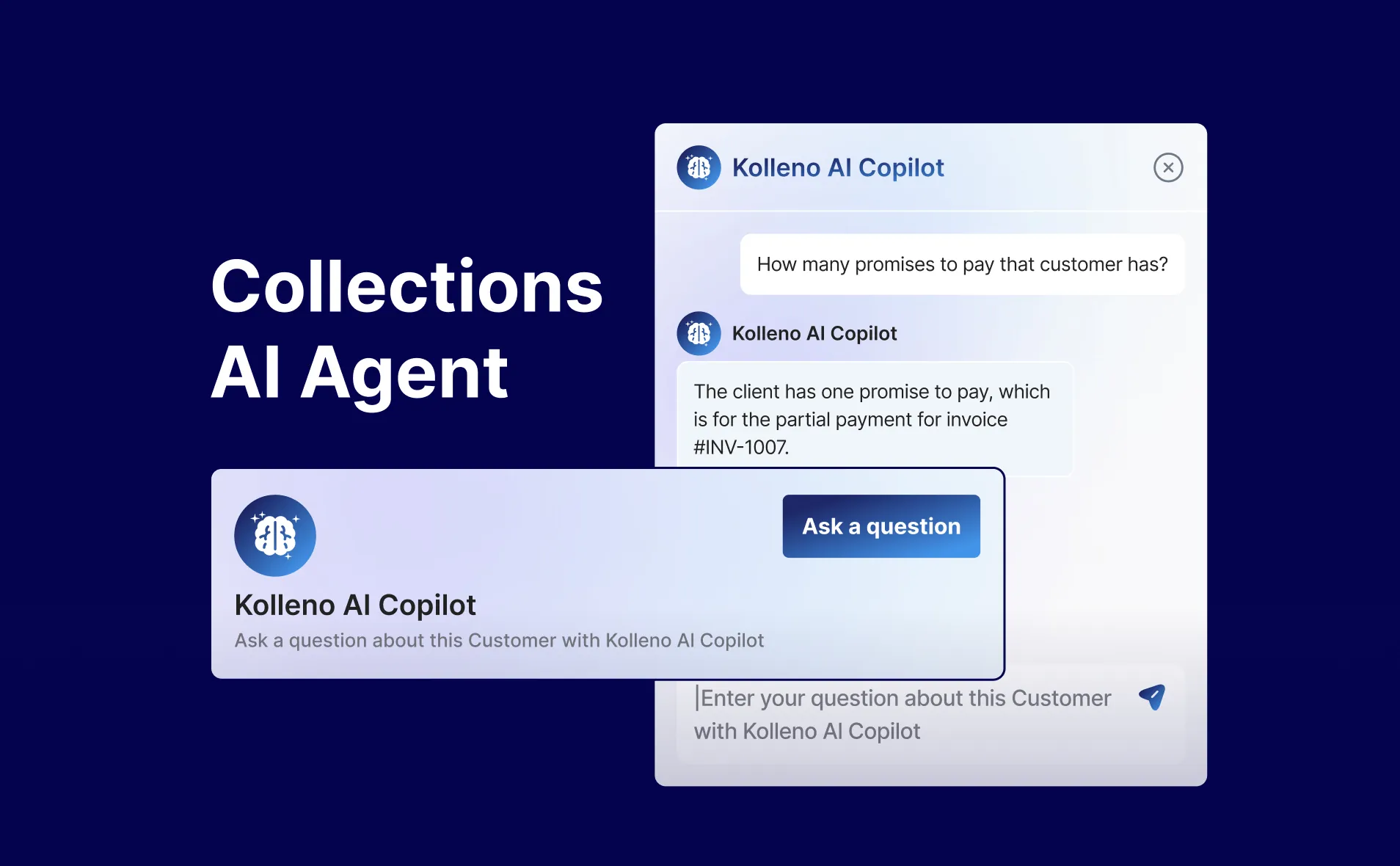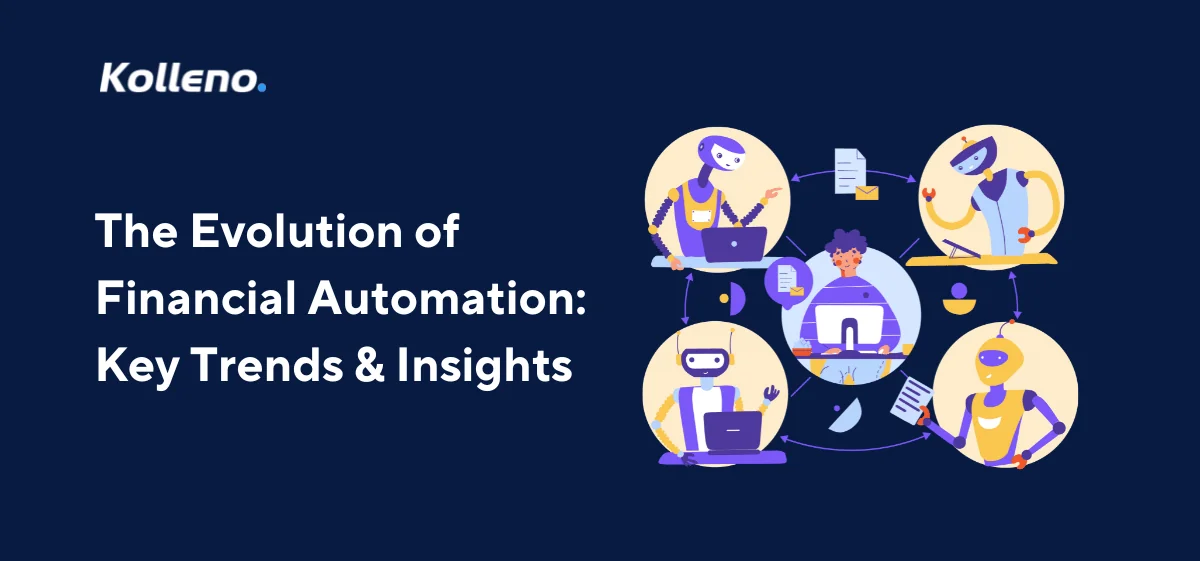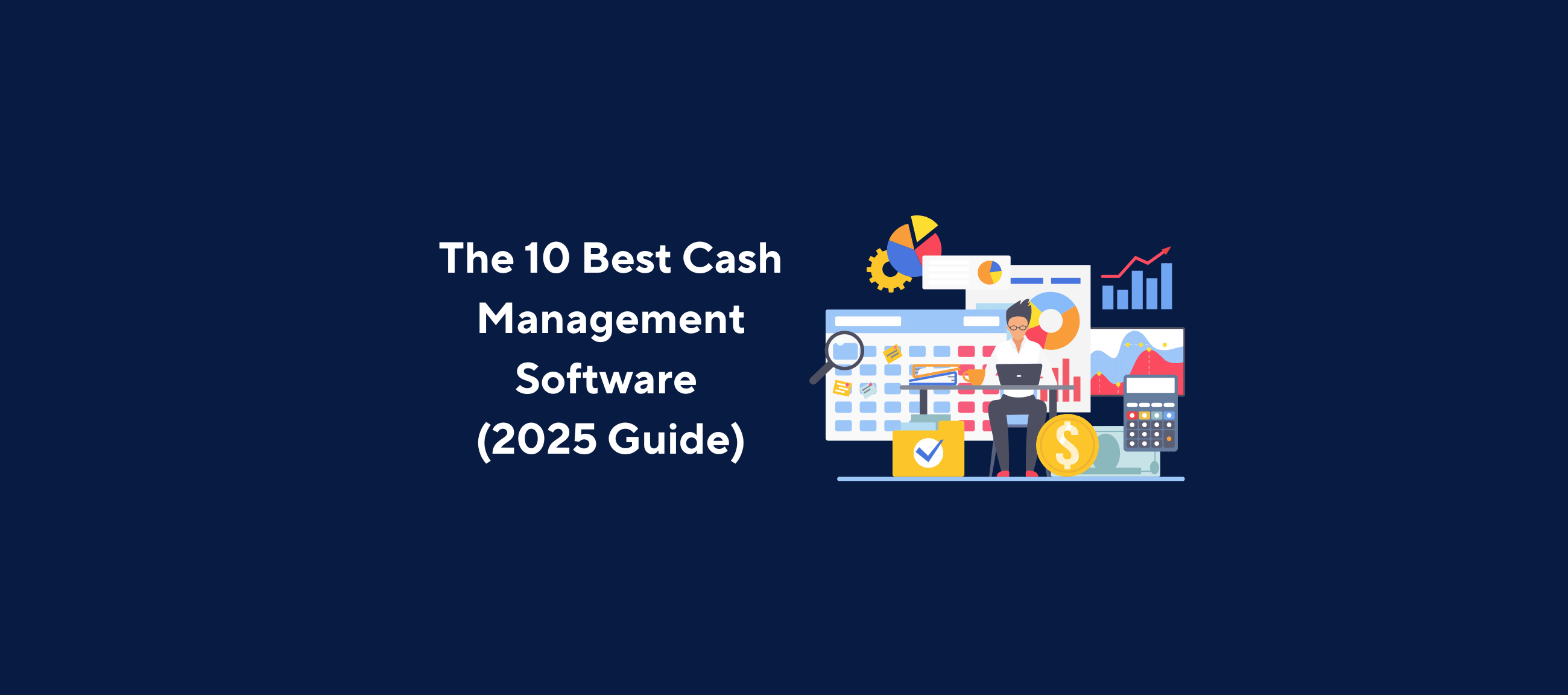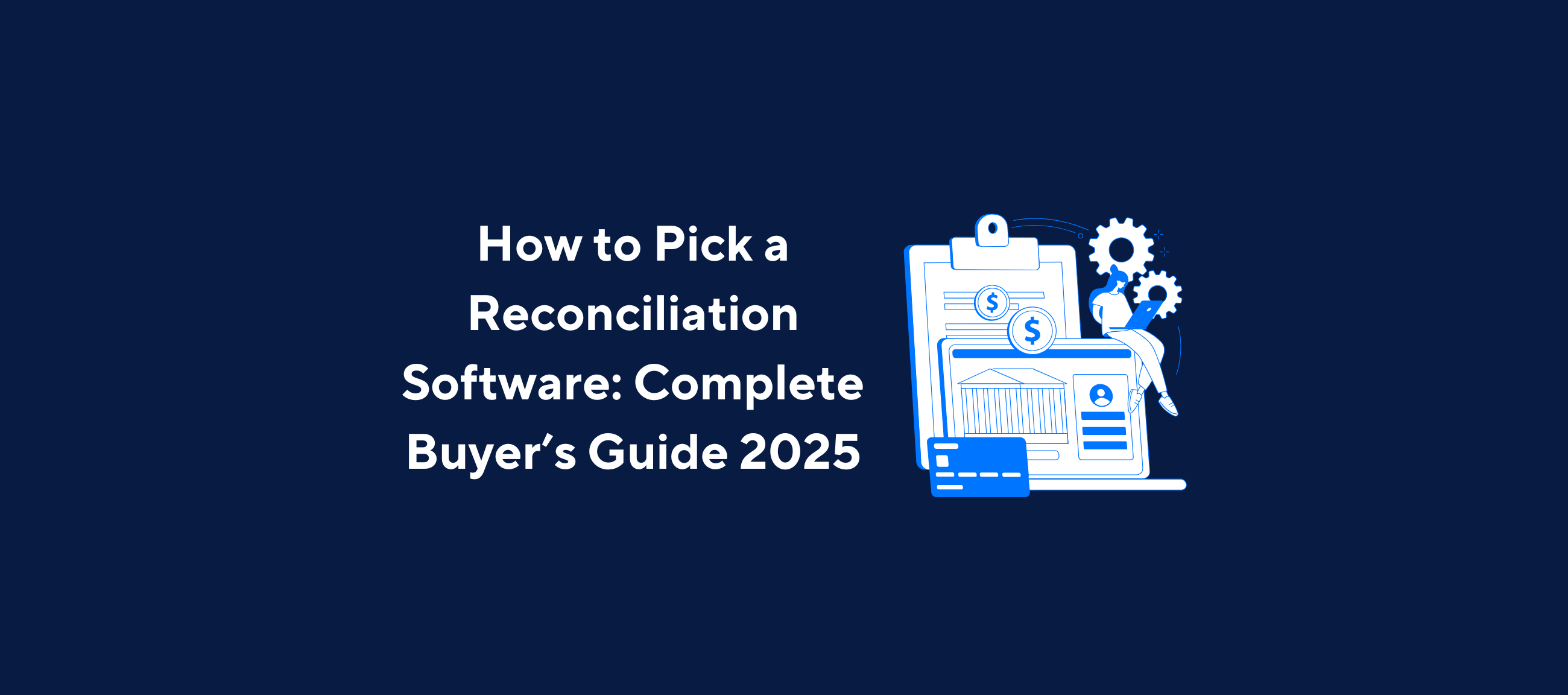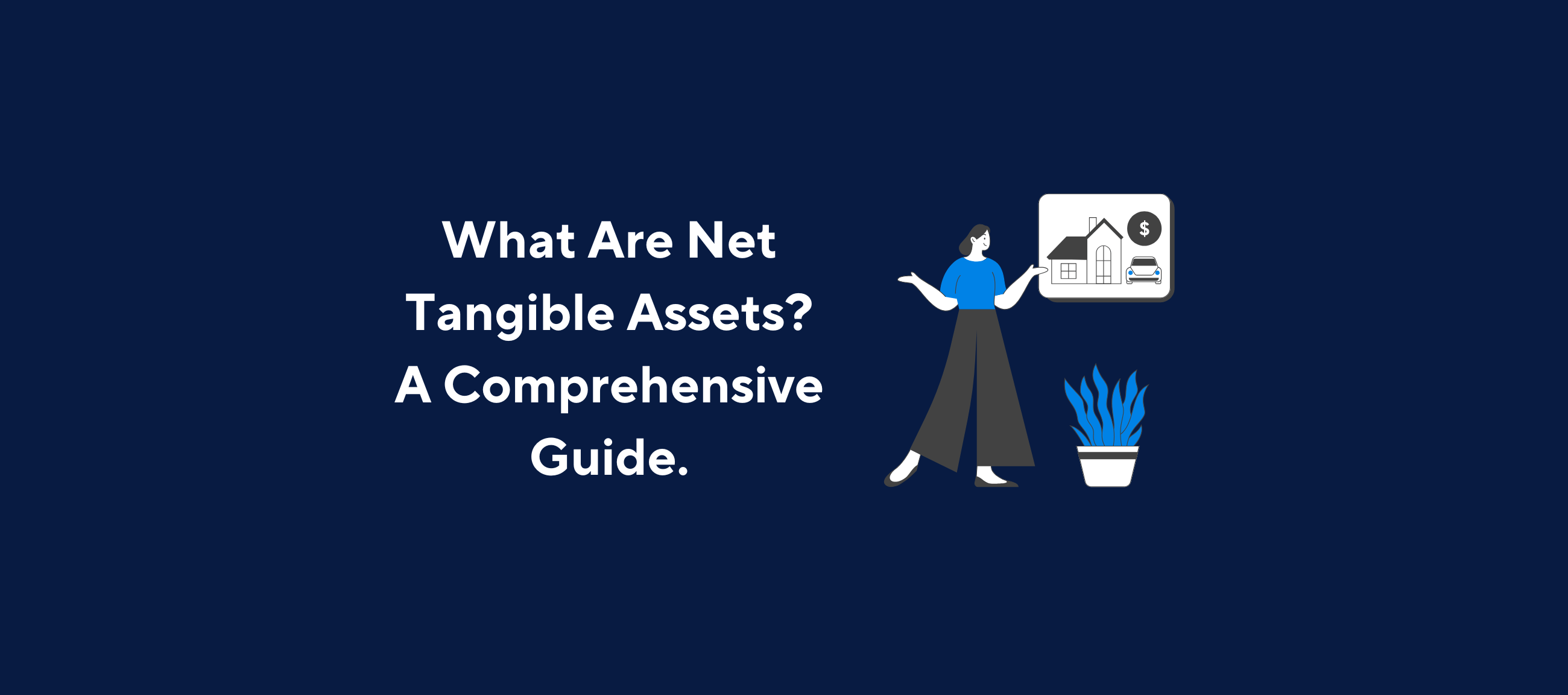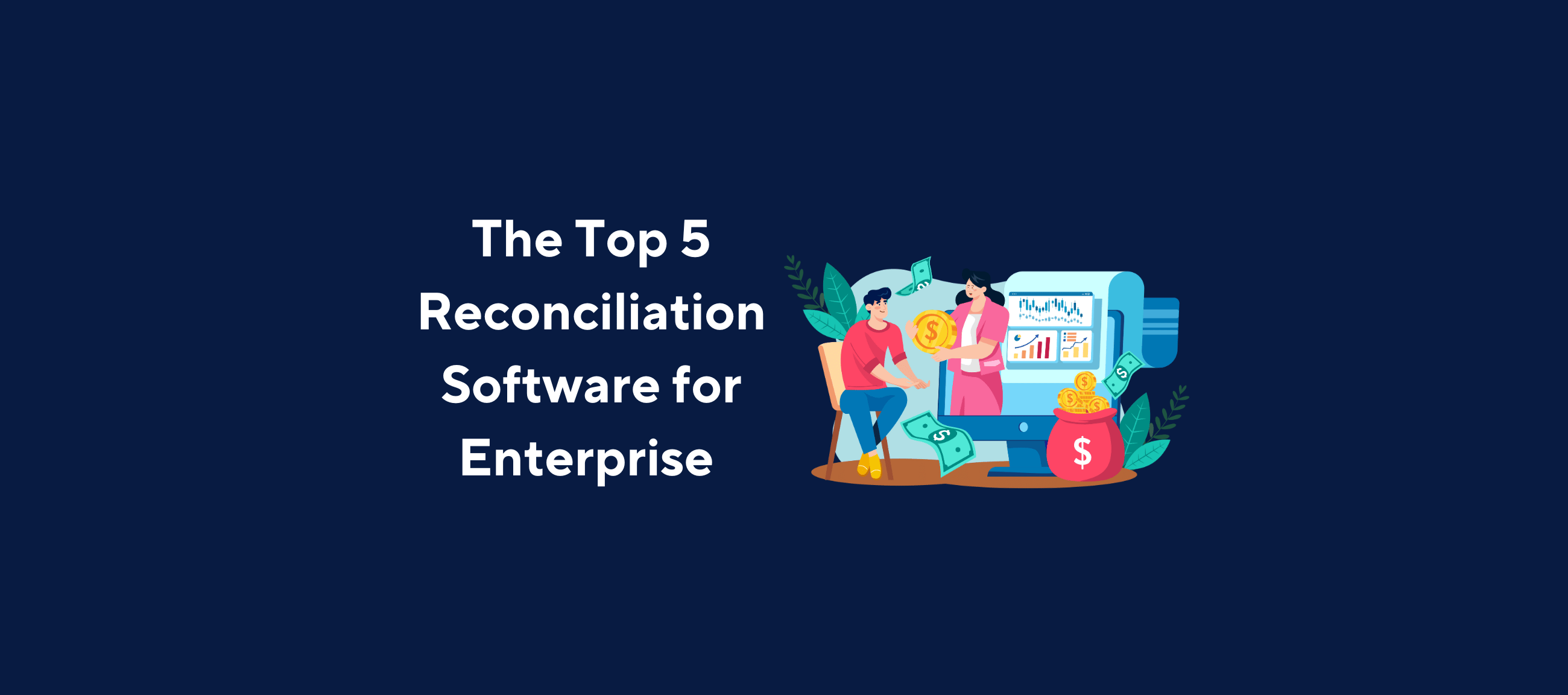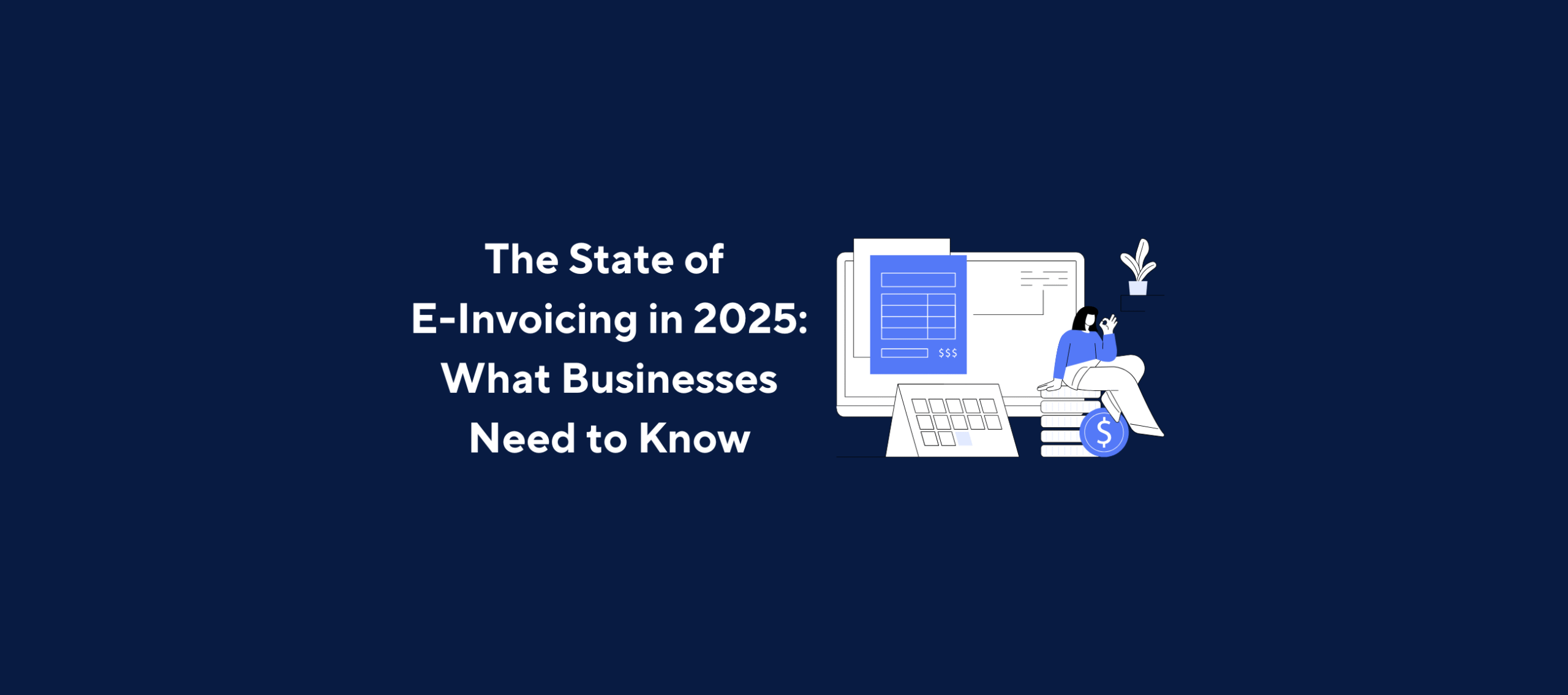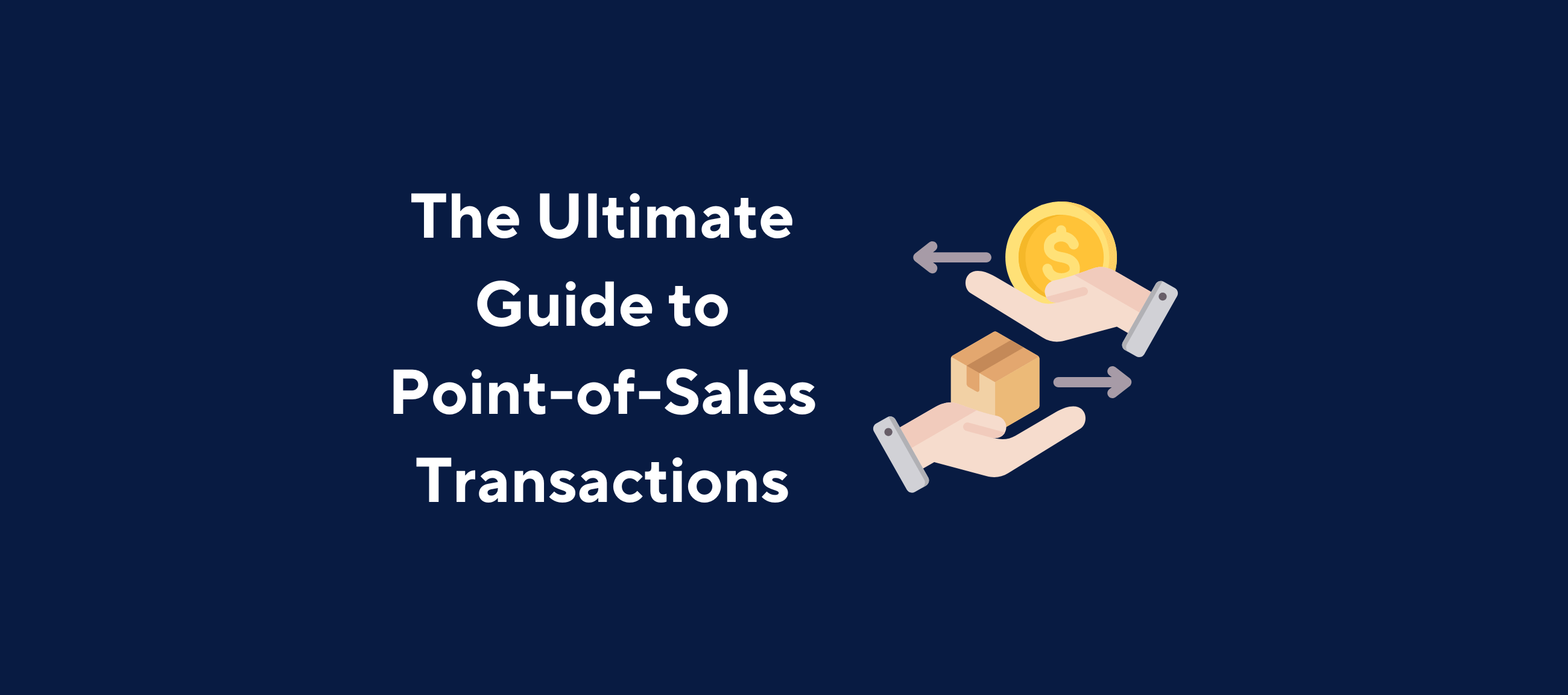Optimizing financial operations by automating workflows can vastly increase a company’s competitiveness. Whether by introducing machine learning into value chains or planning processes, automating financial processes – like back office finance tasks – offers an opportunity to greatly streamline your workflow.
In fin ops (financial operations), it’s essential to avoid human error. Automation tools are therefore a godsend for concentrating human resources on higher-value tasks like financial analysis, as well as being far less likely to make errors than humans.
The traditional challenges faced by CFOs (minimizing delays, boosting productivity, improving data quality and reporting, etc.) are still unavoidable. But new technologies are making it possible to go further and further in automating routine tasks. For many, the future of finance lies in achieving 100% financial process automation.
The digitisation of supplier processes, for instance, presents numerous opportunities – and accelerating the digital transformation of finance departments should be a priority on every CFOs’ agenda.
But how can finance departments maximize the impact of this digital transformation?
The democratization of process automation in financial services
What is financial operations?
Financial transactions refer to the movement of financial assets and liabilities. These transactions can be between resident institutional units or between resident and non-resident institutional units.
A financial transaction between institutional units involves either the simultaneous creation or liquidation of a financial asset and its counterpart liability, the change of ownership of a financial asset, or the incurrence of a liability.
These kinds of financial operations require lots of human intervention and are mostly considered back-office tasks.
Automating financial processes is nothing new. The arrival of IT tools in companies triggered a wave of task automation of repetitive tasks in financial services. There was a move away from paper-based account bookkeeping and towards ERP (enterprise resource planning) systems incorporating OCR (optical character recognition) functions. Technical progress continues to relieve accountants, CFOs, and treasurers of numerous tasks which despite adding little value, are time-consuming and error-prone. Today, the automation of financial processes is being democratized, thanks in particular to increasingly powerful artificial intelligence (AI). According to a PWC report published in 2017, almost a third of existing activities in financial fields could be automated. This trend towards ever-increasing automation already seems to have begun. 65% of administrative and financial directors report having standardized and automated processes, according to another study by Ernest and Young.
What are the benefits of automating financial processes?
1. Simplified financial operations
- Artificial intelligence-driven automation optimizes processes
- Lower operating costs
- Faster transactions
2. Improved insights
AI excels at analysing vast amounts of data. This means:
- Informed investment decisions
- Better strategic decision-making
- More time to offer personalized financial advice to customers.
3. Increased security
Automation enables faster data processing. This leads to:
- Improved fraud detection
- Greater security for financial transactions
Simplified operations
First and foremost, task automation can drastically improve the productivity of finance departments. Without replacing human resources, replacing manual data entry frees up human energy for controlling, consulting, and strategy. Automation makes it possible to autonomously manage many tasks that used to be handled by accounting departments: expense reports, bookkeeping entries, payroll management, and invoicing management.
In the video below, Kolleno’s Head of Product Jared, showcases real-life examples of how certain tasks within financial control can be easily automated with workflows. These tasks were particularly time-consuming but not overly complex. Moreover, they could be a source of error, with dramatic consequences for the company in terms of both tax and cash management.
Therefore, automating financial processes can ensure better risk management within the company. Plus, with the seamless integration of automated verification of supplier repositories, this risk management extends to actively minimizing the risk of fraud. The Trustpair solution enables automated control of the supplier repository by checking the bank details and identities of the various suppliers to ensure that the entire file is error-free.
Up to date information
In addition to eliminating human error, the automation of financial operations ensures that accounting is always up to date. Where previously, financial arbitration would take the form of a tedious end-of-year account closing, automation enables regular reporting on an ongoing basis. This reporting covers real-time data, such as cash flow, operating margin, and inventory levels, on an ongoing basis.
The result is improved communication between the company’s various departments: first, each has access to reliable information, enabling them to make informed decisions based on financial indicators. Not to mention the possibility of interconnecting the company’s various automated processes to aggregate data from different departments. In short, automation opens up a whole new world of possibilities for the organization.
Ultimately, for the company, automation translates into improved productivity, greater reliability, and even a source of savings.
Increased security
Cybercrime is a major concern for business leaders. For many in fintech, the increase in connected devices and digitalisation is a positive development. However, with this progress comes a considerable increase in threats such as fraud, hacking and data theft. PwC’s 19th annual global CEO survey reveals that 61% of all CEOs are concerned or extremely concerned about cyber threats.
To combat fraud, many financial institutions are beginning to use machine learning to detect anomalies, using techniques such as logistic regression, decision trees, neural networks and clustering. With AI, companies can study customer behavior and then compare it with other indicators.
The result is a complete picture of a transaction. Outside the financial sector, many companies have an e-commerce component. Advances in fraud detection would undoubtedly be an asset for customers. PayPal, for example, uses machine learning to reduce the fraud rate to 0.32%, compared with an average of 1.32%.
Improved insights
Financial automation helps businesses secure reliable data for improved performance management. Digitizing processes doesn’t just cut costs – its ROI goes far beyond the financial, enabling you to manage your business more effectively. Auditability and reliability of information are other key issues that lead businesses to choose automation.
In its report on the future outlook for supplier management, the IOFM states that more than one in two accounts payable managers believe that P2P processes are set to become increasingly complex, not least because of the growing number of interconnected data flows.
For many companies, the aim is to make the transition from a 100% paper system to a digitisation of the entire supplier process.
Key trends
Five growing trends prevail in financial automation: RPA, digital-only banking, software-as-a-service, Regtech, and Buy Now Pay Later.
Financial automation software and RPA
Robotic Process Automation (RPA) is a user-friendly software that automates processes by accessing user interfaces without touching underlying programs. RPA involves entrusting a software program (or robot) with a repeatable task cycle that may or may not reproduce the workflow normally carried out by humans.
This may involve simple manual tasks such as copying, pasting, sorting, filling in, or transferring. To do this, the RPA can perform a number of operations: collecting information sources from different types of channels (OCR for invoices, databases, third-party software APIs…), information processing, response triggering, and communication with other information systems.
As a result, RPA can be introduced at various levels of financial processes, from accounting entry to more complex processes such as Procure to Pay (P2P). P2P automation enables a company’s procurement cycle to be generated automatically, from order to payment.
The RPA automates the validation of data relating to new suppliers, notably by verifying solvency, address, and tax information. The process also integrates payment processing while ensuring that invoices comply with orders placed.
In other words, the system acts autonomously, while the financial departments play only a supervisory role.
Robotic Process Automation
Robotic Process Automation (RPA) is an application of AI. It is currently widespread in accounting. The most performant financial process automation software is capable of eliminating routine, repetitive analysis tasks previously performed by human beings, such as reconciliation and consolidation, i.e. standard formula-based tasks. Many companies have already reaped the benefits of automated financial reporting software, enjoying reduced transaction processing time and increased productivity, redeploying staff to more skilled roles and eliminating manual errors.
At present, RPA generally takes the form of simple automation and is limited in its ability to adapt and evolve like a human. However, an emerging trend is to combine RPA with cognitive technologies. Machine learning or natural language processing enables the automation of back-office finance tasks that usually require human intervention.
AI is also making its mark in personal finance management. To do this, it offers technology-based tools: cloud-based AI, predictive data analytics and, last but not least, chatbot messaging. These are designed to track transactions and even provide advice in real-time, recording and managing business transactions.
The rise of digital-only banking
Over the past decade, the popularity of digital-only banking has risen to unprecedented levels. While traditional banks were once the only option for investors and consumers, neobanks are becoming increasingly attractive.
One of the main factors driving digital-only banking’s growth is the proliferation of financial technology (or fintech) start-ups. These start-ups are leveraging cutting-edge technological advances to offer innovative financial solutions to consumers and businesses.
Financial technology companies have made it easier than ever to send money and make payments online. Some have even disrupted the traditional stock market industry by allowing customers to trade stocks commission-free.
Neo-banks provide certain distinctive advantages that make them more attractive to customers, like higher interest rates for saving accounts and lower fees for certain services. What’s more, many neo-banks offer their customers more options than traditional banks, including real-time notifications when funds are deposited into their account or access to budgeting tools that can help them manage their finances more effectively.
Software-as-a-service platforms will pave the way for greater cost savings
Software-as-a-service (SaaS) is an application delivery model in which users access a platform remotely, while a third-party provider manages the software hosted in the cloud. As a result, users don’t need to buy hardware or licenses or worry about installation and maintenance; they simply pay for and use the service.
For financial companies, using a software-as-a-service platform can be incredibly advantageous. These platforms offer several advantages over traditional face-to-face service solutions, including cost savings, scalability, agility and security. Companies can significantly reduce their information technology (IT) spending by using cloud technology and eliminating upfront hardware costs. And because suppliers manage all aspects of their software solution, including maintenance and upgrades, companies don’t have to worry about incurring additional costs later.
These platforms enable companies to obtain services that make their lives easier without the need to invest additional resources or manpower along the way. They are especially suitable for companies that experience seasonal fluctuations or those with limited budgets, for whom flexibility is particularly important.
The emergence of regulatory technology
Regulatory technology and related solutions are expected to take up more space in the market in 2024. Regulatory technology, sometimes referred to as RegTech, is a form of financial technology that enables organizations to more effectively meet an ever-increasing number of regulatory requirements.
It provides companies with automated solutions which simplify compliance processes, reduce costs, and improve operational efficiency. Regulatory technology does not only help them comply with government regulations, but helps companies reduce non-compliance costs too, so they can invest more in their strategic initiatives.
“Buy now, pay later” services will continue to grow
“Buy now, pay later” (BNPL) services offer payment options allowing customers to buy and pay for items later. This usually involves registering with a provider who then facilitates payments over time. This service is consistently growing in popularity with consumers, because it provides immediate access to an item without the need for immediate payment.
This is part of a broader trend: a rising demand for flexible payments and increased accessibility to digital solutions, such as apps, for payment. Many retailers adopt this model to attract new customers and boost sales with its convenient and user-friendly nature. As more retailers offer this payment option, more people will likely use it, further contributing to its growth.
The future of AI and automation
AI and automation continue to evolve rapidly across all sectors. As they advance, natural language processing, robotics and machine learning will continue to push boundaries. An era of AI-driven solutions, digital transformation will lead to smarter industries.
The impact of AI promises lasting change by providing opportunities, driving innovation – as long as responsible deployment is ensured.
In this digital future, a partnership between humans and machines must be thoughtfully navigated. The capabilities of AI, combined with human expertise, have the potential to translate into revolutionary advances; automated financial reporting software is only a small step along the way. Embracing tech responsibly, finance departments are currently paving the way for an innovative, growth-oriented future with limitless possibilities.
Key Takeaways
Companies willing to implement automation must identify the processes they want to automate, starting with repetitive financial operations.
The company must also weigh various internal factors, including size, financial transaction volume, process complexity, and budget allocation.
The world of finance has a reputation for being risk-averse – however, the sector has every reason to embrace new technologies as they emerge, to reduce costs and improve efficiency.
